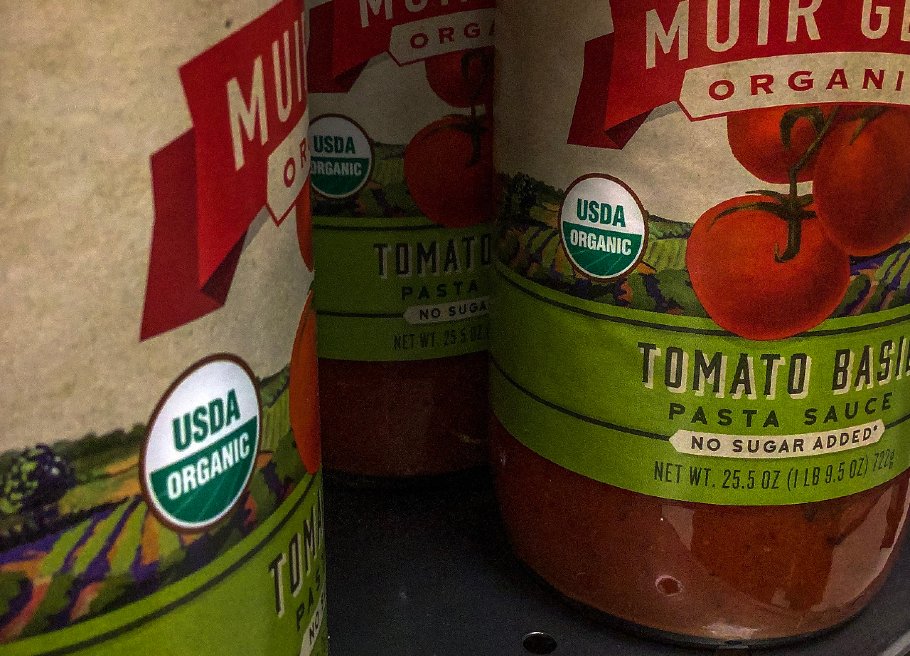Training with Impact: 4 Ways to Guarantee Consistent Execution in Your Plant
By Alex Hanley
In the food industry, training is a means to an end, and the end is consistent performance in the plant. To take it a step further, ‘consistent execution’ should be aligned with the behaviour the company needs for you to perform.
Indeed, the real merit of training isn’t just about ticking boxes or boasting about achievements. It’s about imparting knowledge that translates into tangible actions, ensuring that the plant operates at its peak. In the food industry, where margins for errors are minuscule, this consistency isn’t merely desired – it’s crucial. But striking the right balance in training to achieve this consistency can be challenging.
There are four critical strategies that can drive consistent execution on the plant floor:
- The number one way to ensure training makes a difference is to focus on very practical tasks. For example, general allergen awareness is not a task. It’s a topic. Knowing how to clean a conveyor during an allergen changeover is a task. Being able to tell when allergen cleaning is required, and when a quick cleaning is sufficient is another task. General awareness can be useful if it stimulates people to clean better. But in this scenario awareness supports the consistent execution of a task. If another crew executed the same cleaning as well, without general allergen awareness training, they wouldn’t be missing anything. It’s the execution of the task that’s mostly important.
- The second way to ensure training makes a difference is to focus on gaps in execution. Start doing the pre-work of sorting out what people already know from what they might have heard but have not yet integrated. Then focus training on bridging those gaps. The alternative is the firehose approach where important messages are diluted in a sea of information everybody already knows. Nobody likes to be treated like a toddler. If everybody washes their hands every day, do we really have to go through the hand-washing drill once a year? Now if people don’t consistently wash their hands, that’s a gap, and yes, we need to repeat the drill.
- On that note, the third way to ensure training makes a difference is to ensure continuity between the classroom and day-to-day work in the plant. The key to that is to get supervisors on board. Operators naturally turn to their supervisors when they need support. They look to them to validate whether they are doing the right thing or not. It’s the supervisors who will either enforce the rules or let bad habits slide. If those supervisors can train their own teams, they are set up for success when the time comes to provide feedback and support to their teams. No matter what we say in the classroom, a once-a-year message cannot compete with day-to-day feedback.
Indeed, the real merit of training isn’t just about ticking boxes or boasting about achievements. It’s about imparting knowledge that translates into tangible actions, ensuring that the plant operates at its peak.
- This means rethinking the role QA plays in training. In this scenario, the role of QA or food safety shifts from training the crew to developing training and training supervisors. Supervisors can then train their teams using the practical language operators understand, and if there is a disagreement between QA’s vision and operations, it can be sorted out at this level.
Using the broader competency framework, you can focus your training efforts where they really matter, which makes it easier to provide continuity between training and the rest of your operation. Supervisors will reinforce what their crews learned in the classroom during production, and those same learnings can be reinforced throughout the year, for example through visual communication or team meetings.
Measuring training effectiveness should be extremely easy if you’ve done a good assessment right from the beginning. When training focuses on work that directly impacts your business’s Key Performance Indicators (KPI’s), tracking those has the added benefit of indicating whether the training worked.
As a bonus, this gives employees agency over their work and allows them to boost their knowledge, practice their skills, and master the tasks they need to be able to perform to be good at their job.
This, in turn, increases their confidence, job security, and overall engagement. The bottom line is that it inspires them to develop capabilities beyond their role. And that’s great for business and implementing a stellar food safety culture.
About the Author:
Alex Hanley, CEO of Navigate Food Safety, is a food safety expert with over two decades in the food industry, most of those as a food safety auditor. He has a deep understanding of food safety management systems and certification and has performed more than 1,000 HACCP quality systems, and food safety audits covering multiple categories, in addition to traveling the world designing, implementing, and auditing best practices for manufacturers of every scale.

-
 FeaturedRisk management
The Cost of a Breach: What a Cyberattack Could Mean for Food Safety Recalls
FeaturedRisk management
The Cost of a Breach: What a Cyberattack Could Mean for Food Safety Recalls
-
 FeaturedRisk management
Securing the Food Chain: How ISO/IEC 27001 Strengthens Cybersecurity
FeaturedRisk management
Securing the Food Chain: How ISO/IEC 27001 Strengthens Cybersecurity
-
 FeaturedRisk management
Revolutionizing Food Safety Training: Breaking Out of the “Check-the-Box” Mentality
FeaturedRisk management
Revolutionizing Food Safety Training: Breaking Out of the “Check-the-Box” Mentality
-
 GFSI Standards
GFSI 2025: Building Trust, Tech-Forward Solutions, and Global Unity in Food Safety
GFSI Standards
GFSI 2025: Building Trust, Tech-Forward Solutions, and Global Unity in Food Safety
-
 FeaturedFood Safety
Integrated Pest Management: Strategies to Protect Your Brand’s Reputation
FeaturedFood Safety
Integrated Pest Management: Strategies to Protect Your Brand’s Reputation
-
 FeaturedFood Safety Culture & Training
No Open Door Policy: Challenges That Impact Pest Control in Food Processing Plants
FeaturedFood Safety Culture & Training
No Open Door Policy: Challenges That Impact Pest Control in Food Processing Plants




